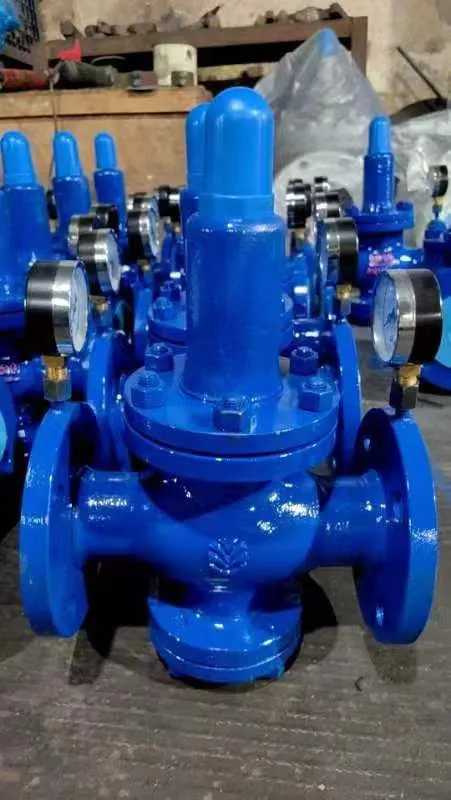Gate Valve, Water Meter, and Check Valve Solutions
Understanding Gate Valves, Water Meters, and Check Valves in Water Supply Systems
In modern water supply systems, several components work together to ensure efficient flow management and water usage. Among these are gate valves, water meters, and check valves. Understanding the function and importance of each component is crucial for effective water management in residential, commercial, and industrial settings.
Gate Valves The Flow Regulators
Gate valves play a pivotal role in controlling the flow of water through pipelines. They are designed to either fully open or fully close, allowing for the complete stoppage or passage of water, rather than regulating flow like some other valves. This feature makes them highly effective for systems where a blockage is necessary, such as during maintenance or emergency situations. Made from various materials, including brass, stainless steel, and PVC, gate valves are chosen based on factors such as pressure requirements and the nature of the fluid.
The principle behind the gate valve is simple a wedge-shaped gate is lifted or lowered using a handwheel or actuator. When the gate is elevated, water flows freely; when it’s lowered, the flow is completely obstructed. One of the critical advantages of using gate valves is their low resistance to flow, which minimizes energy loss in the system.
Water Meters Measuring Consumption
Water meters are essential for monitoring water usage in both residential and commercial buildings. They measure the volume of water consumed over a specific period, providing valuable data for billing and resource management. Most commonly, water meters are installed at the point where water enters a property, and they can be either analog or digital.
gate valve water meter check valve

Analog water meters typically feature a dial that indicates the volume of water used, while digital ones may offer advanced functionalities, such as remote reading capabilities and data logging. These meters not only help in billing but also assist in identifying leaks and inefficiencies in the water system, promoting conservation efforts.
Check Valves Preventing Backflow
Check valves serve as a crucial safeguard in water systems, preventing the backflow of water. This function is particularly important in preventing contamination of the water supply, as backflow can lead to unintentional mixing of clean and contaminated water. Check valves operate automatically; they open when water flows in the designated direction and close when the flow reverses, effectively ensuring one-way flow within the system.
In some scenarios, such as in irrigation or industrial applications, maintaining the correct flow direction is vital for functionality and safety, making check valves indispensable. They come in various designs, including swing, lift, and ball check valves, each suited to specific applications and conditions.
Conclusion
In summary, gate valves, water meters, and check valves are critical components of modern water supply systems. Gate valves control the flow of water, allowing for complete shut-off when needed. Water meters provide essential data on consumption, fostering accountability and efficiency. Meanwhile, check valves ensure that water flows in one direction, safeguarding the system against contamination. By understanding and optimizing these components, we can ensure a reliable, efficient, and safe water supply for various applications. As water management continues to evolve, the importance of these valves in our infrastructure cannot be overstated.
-
The Smarter Choice for Pedestrian AreasNewsJun.30,2025
-
The Gold Standard in Round Drain CoversNewsJun.30,2025
-
The Gold Standard in Manhole Cover SystemsNewsJun.30,2025
-
Superior Drainage Solutions with Premium Gully GratesNewsJun.30,2025
-
Superior Drainage Solutions for Global InfrastructureNewsJun.30,2025
-
Square Manhole Solutions for Modern InfrastructureNewsJun.30,2025
-
Premium Manhole Covers for Modern InfrastructureNewsJun.30,2025
